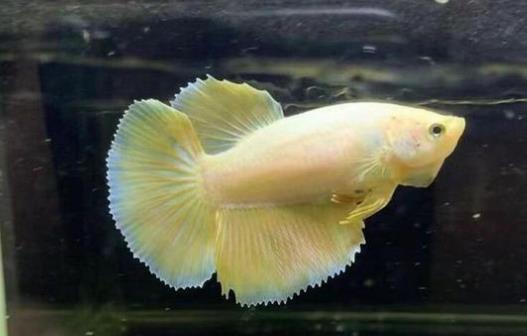To determine if a betta fish is "pregnant" (actually in an egg-carrying state), you need to comprehensively observe its physical characteristics and behavioral changes. Below are the specific judgment methods:

1. Judgment Based on Physical Characteristics
Age and Sexual Maturity
Female bettas can only carry eggs when they reach sexual maturity at 4-6 months of age; juvenile fish (1-2 months after being introduced to the tank) are unable to do so.
After Chinese bettas reach sexual maturity, their abdomens become enlarged, their body color deepens, and they may develop dark brown spots or vertical stripes.
Breeding Stripes and Abdominal Shape
Thai bettas develop vertical stripes of varying shades (breeding stripes) on their sides, and their abdomens are noticeably droopy and swollen.
Chinese bettas have enlarged abdomens shaped like "mashed beans," with a protruding inverted V-shaped genital pore.
Changes in Genital Pore
Mature female bettas have a white protrusion (ovulation pore) near the anus. If it is enlarged and reddish in color, the fish may be about to lay eggs.
2. Observation of Behavioral Changes
Decreased Activity
Egg-carrying female bettas swim slowly and often hide in aquatic plants or corners.
When a male betta approaches, the female may either actively move closer to the bubble nest (accepting mating) or hide (rejecting it).
Breeding Interaction
After the male betta builds a bubble nest by blowing bubbles, the female will approach the nest if she accepts the courtship, and will lay eggs within 24 hours after mating.
Unfertilized eggs are translucent, while fertilized eggs turn dark (brown/black) within 24-48 hours and the embryo becomes visible.
3. Notes
Distinguish Between Disease and False Egg-Carrying: Abdominal swelling may also be caused by dropsy or enteritis, so judgment should be combined with behavioral observations.
Breeding Environment: A water temperature of 26-28°C and slightly acidic water quality (pH 6.5-7.0) can promote breeding.
